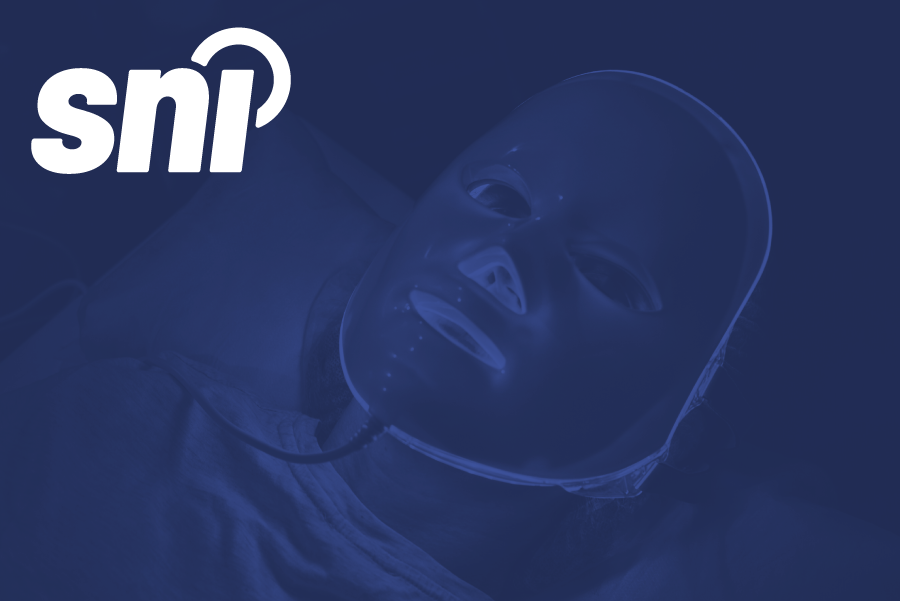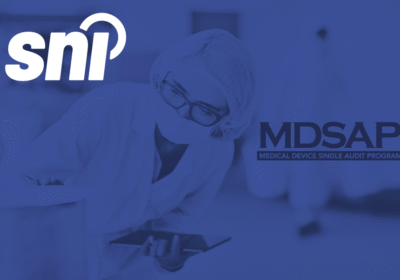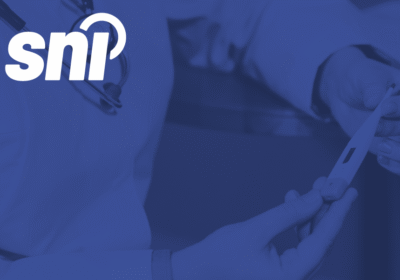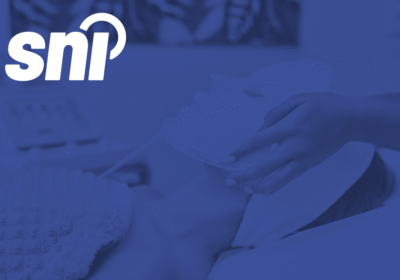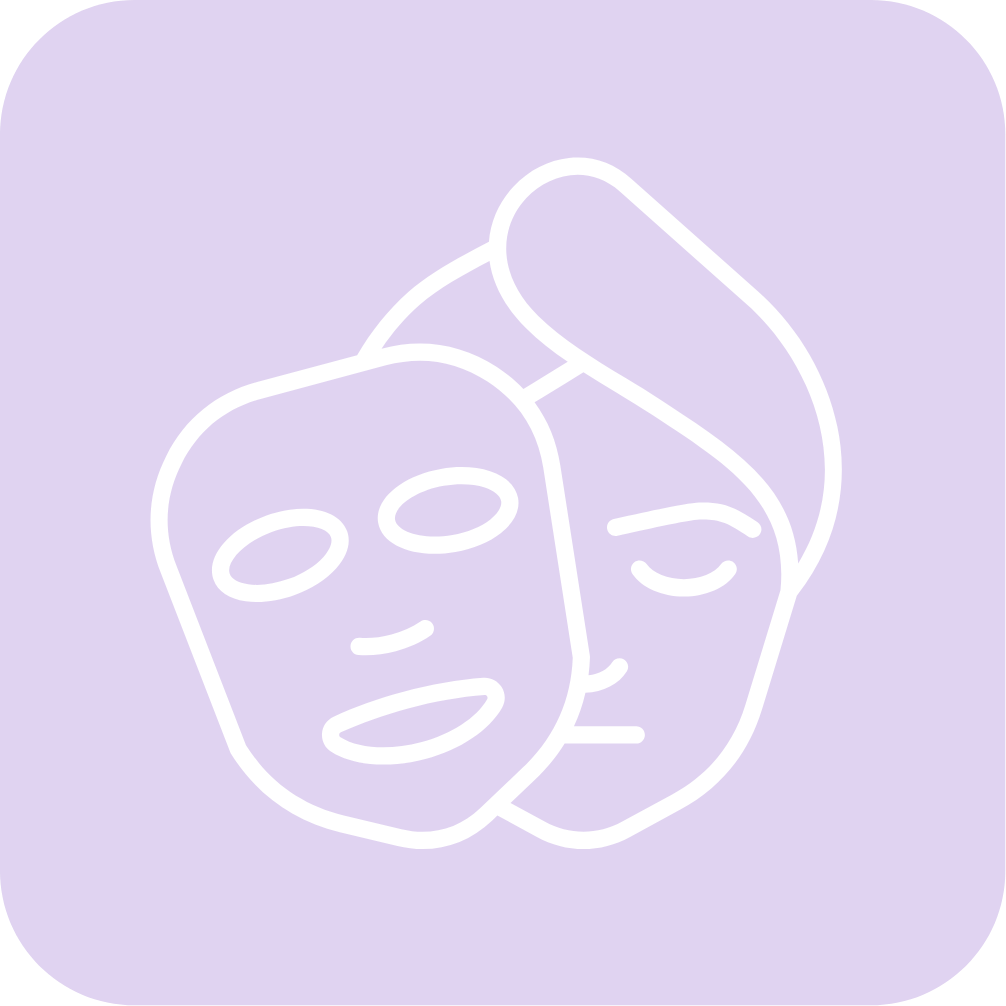
Red light therapy devices have become increasingly popular for skin health, from cosmetic uses to therapeutic applications. As demand for non-invasive skin treatments grows, so does the need for regulatory clarity. While these products are often marketed as cosmetic or wellness tools, many fall under Health Canada’s definition of a medical device. If a red-light mask is promoted to treat or manage conditions such as acne, inflammation, fine lines, or other dermatological concerns, it is likely considered a Class II medical device.
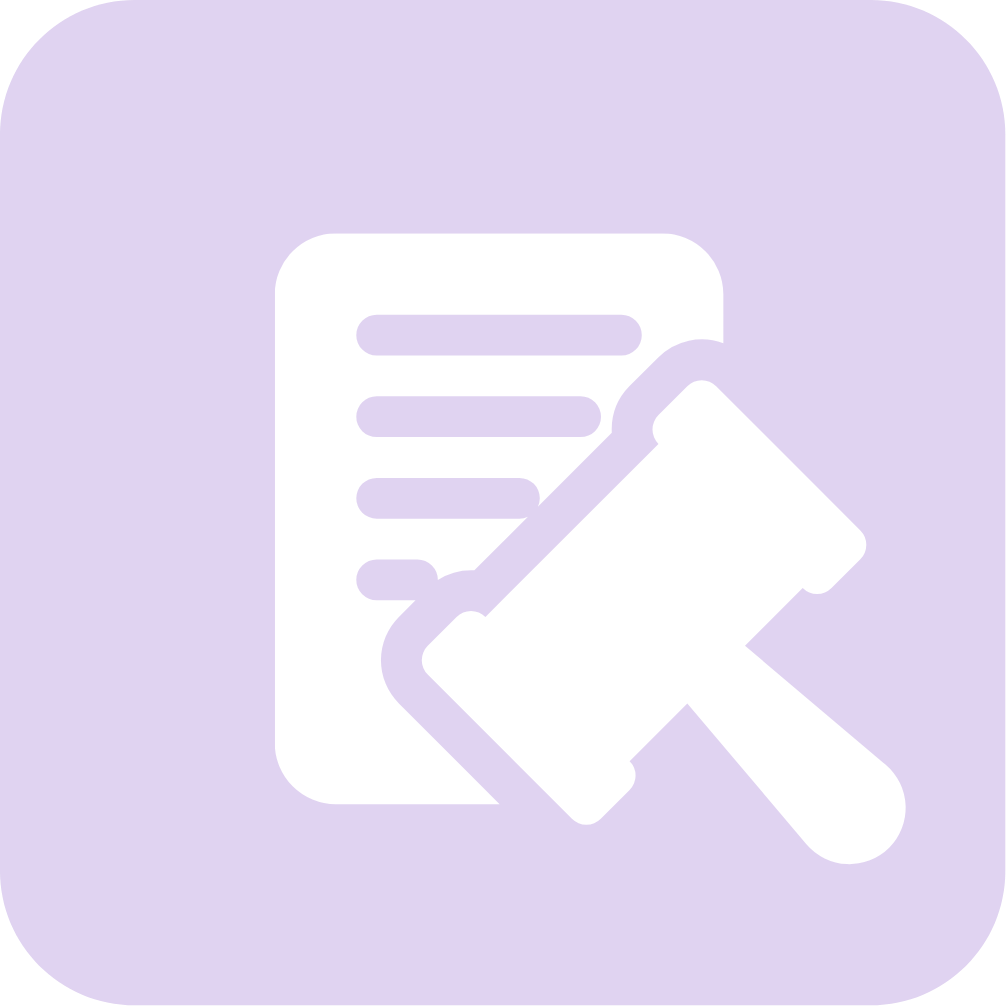
In Canada, medical devices are regulated under the Food and Drugs Act and the Medical Devices Regulations. These regulations are designed to ensure that products sold in the Canadian marketplace meet consistent standards of safety, efficacy, and quality. Health Canada oversees this system through a combination of pre-market licensing, establishment licensing, and post-market surveillance. Understanding whether a product is regulated as a medical device is the first step in ensuring a smooth path to market.
Is a Red-Light Therapy Mask Considered a Medical Device?
The classification of a red-light therapy device, such as a mask, is primarily determined by its intended use.
According to the Medical Devices Regulations, a medical device is defined as any instrument or apparatus intended to diagnose, treat, mitigate, or prevent a disease, disorder, or abnormal physical condition. When a red-light therapy device is marketed with therapeutic purposes, such as reducing acne, managing signs of aging, or stimulating cellular repair, it meets this definition. This classification also applies when the device utilizes specific wavelengths of light to create a biological effect on the user’s skin or tissues.
Not all light-emitting products fall into this category. However, when claims extend beyond general cosmetic benefits and into therapeutic territory, the product will require a Medical Device Licence (MDL) to be legally sold in Canada. Most red-light therapy masks are non-invasive and externally applied, which typically places them in the Class II category. That said, the classification may vary depending on the power level, wavelength of light used, depth of tissue penetration, area of use, specific health claims, or any additional features.
Confirming the Risk Classification of Red-Light Therapy Devices
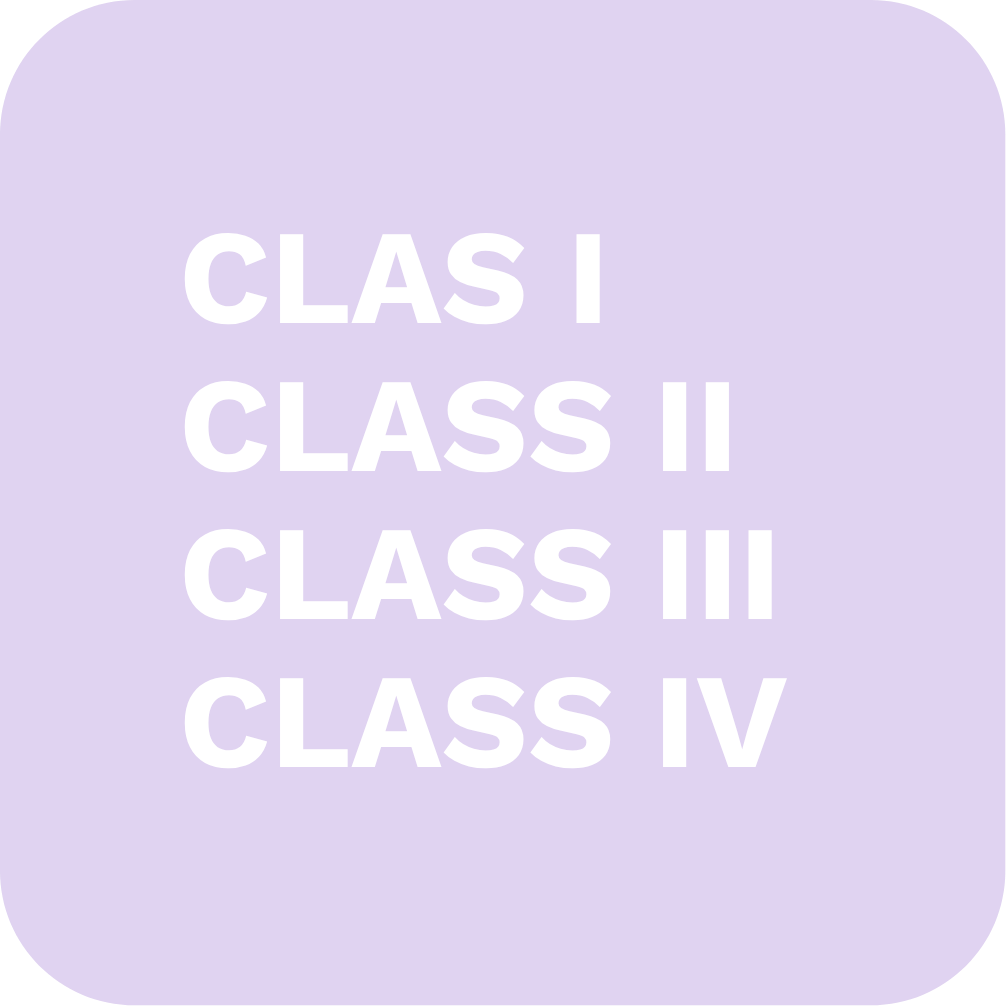
Health Canada classifies medical devices using a four-tier risk system, ranging from Class I (lowest risk) to Class IV (highest risk), based on the level of oversight required to ensure safety and effectiveness. Most red-light therapy devices fall under Class II because they are non-invasive, applied externally, and typically present a low to moderate risk to users. However, classification is not based solely on the product type. It also depends on factors such as intended use, energy output, duration of use, and the specific health claims made. Devices that deliver higher energy, affect deeper tissues, or are intended for use near sensitive anatomical areas such as the eyes may fall into Class III.
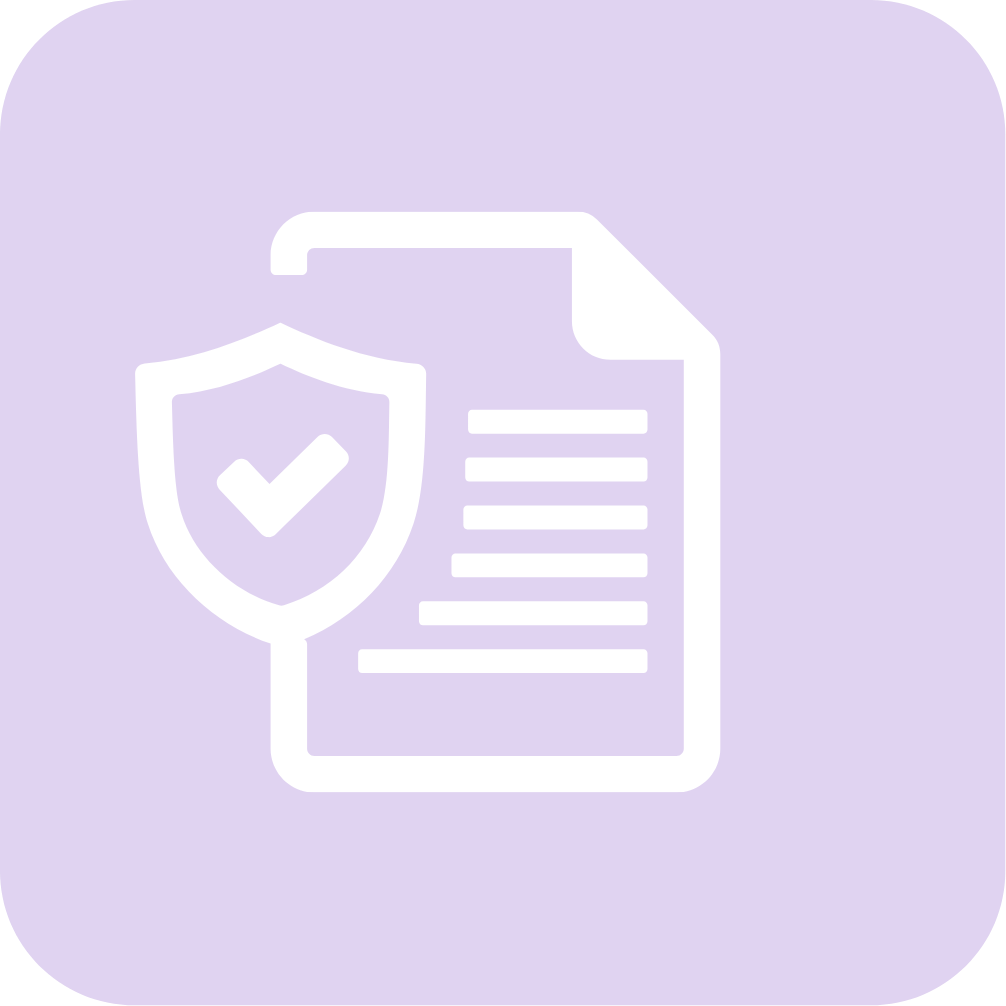
To determine the appropriate classification, manufacturers should prepare a formal rationale that links the device to the applicable rules set out in Schedule 1 of the Medical Devices Regulations. This rationale must consider all relevant risk factors, including whether the device is active, the intended physiological effects, and the duration of contact with the body. Although the initial classification is the responsibility of the manufacturer, Health Canada retains the authority to reassess and assign a different classification if necessary. Submitting a well-reasoned and well-documented classification rationale is essential to ensure regulatory alignment and to minimize delays in the licensing process.
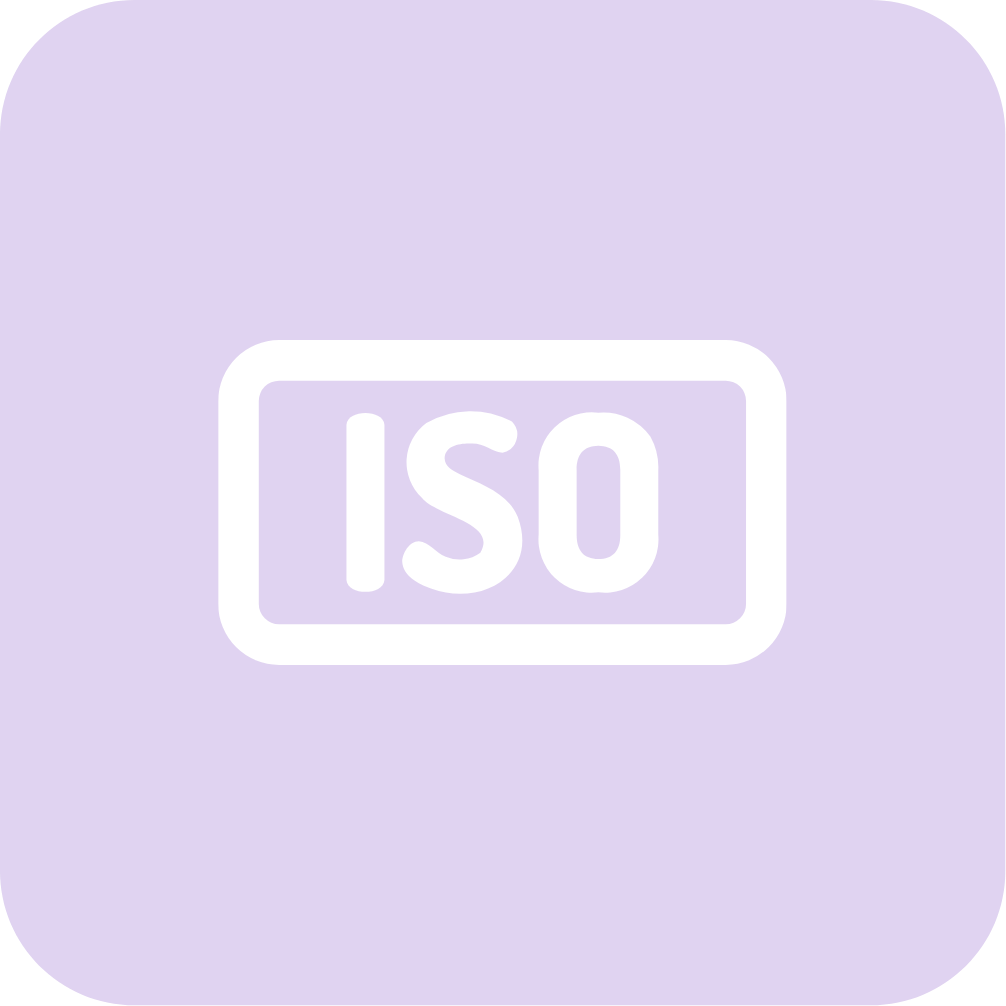
Before applying for a medical device licence, manufacturers of Class II, III, and IV devices must hold valid ISO 13485:2016 certification issued under the Medical Device Single Audit Program (MDSAP). This program permits Health Canada-recognized auditing organizations to evaluate a manufacturer’s compliance with international quality management system requirements. A valid MDSAP certificate demonstrates that the manufacturer has implemented documented procedures for product design, production, complaint handling, corrective actions, and regulatory reporting.
Quality System Requirements for Medical Devices: ISO 13485 and MDSAP
For Class II, III, and IV devices, MDSAP certification is mandatory and must be valid both at the time of medical device licence application and throughout the product’s presence on the Canadian market. Manufacturers of Class I devices are not required to obtain MDSAP certification but must still meet relevant quality and procedural requirements under the Medical Device Establishment Licence (MDEL) system.
When a device is manufactured overseas and imported into Canada, both the foreign manufacturer and the Canadian importer must meet distinct regulatory obligations. The foreign manufacturer is responsible for holding valid MDSAP certification if the device is Class II or higher and for ensuring continued compliance with ISO 13485 throughout the lifecycle of the product. The Canadian importer must confirm that the manufacturer’s MDSAP certificate is valid and that it covers the specific manufacturing site and activities associated with the product.
In addition, the Canadian importer is responsible for obtaining and maintaining a valid MDEL, which authorizes commercial importation activities in Canada. The importer must also implement appropriate procedures for complaint handling, distribution recordkeeping, product recalls, and adverse event reporting. Importers should verify that the overseas manufacturing site identified in the device licence application is accurately reflected in the MDSAP certificate and that the scope of certification includes all relevant processes. Regular coordination between the importer and manufacturer is essential to maintain compliance and avoid delays or enforcement action by Health Canada.
Submitting a Class II Medical Device Licence Application

Once the product is correctly classified and the manufacturer holds an active MDSAP certificate, a Class II (unless classified otherwise) medical device licence application can be submitted to Health Canada. This application includes Form 3011, a description of the product and its intended use, labelling and packaging information, and supporting evidence for the product’s safety and efficacy. Documentation should also demonstrate compliance with relevant technical standards, such as electrical safety (IEC 60601-1), biocompatibility (ISO 10993), and photobiological safety (IEC 62471), depending on the device’s design, materials, and intended use.
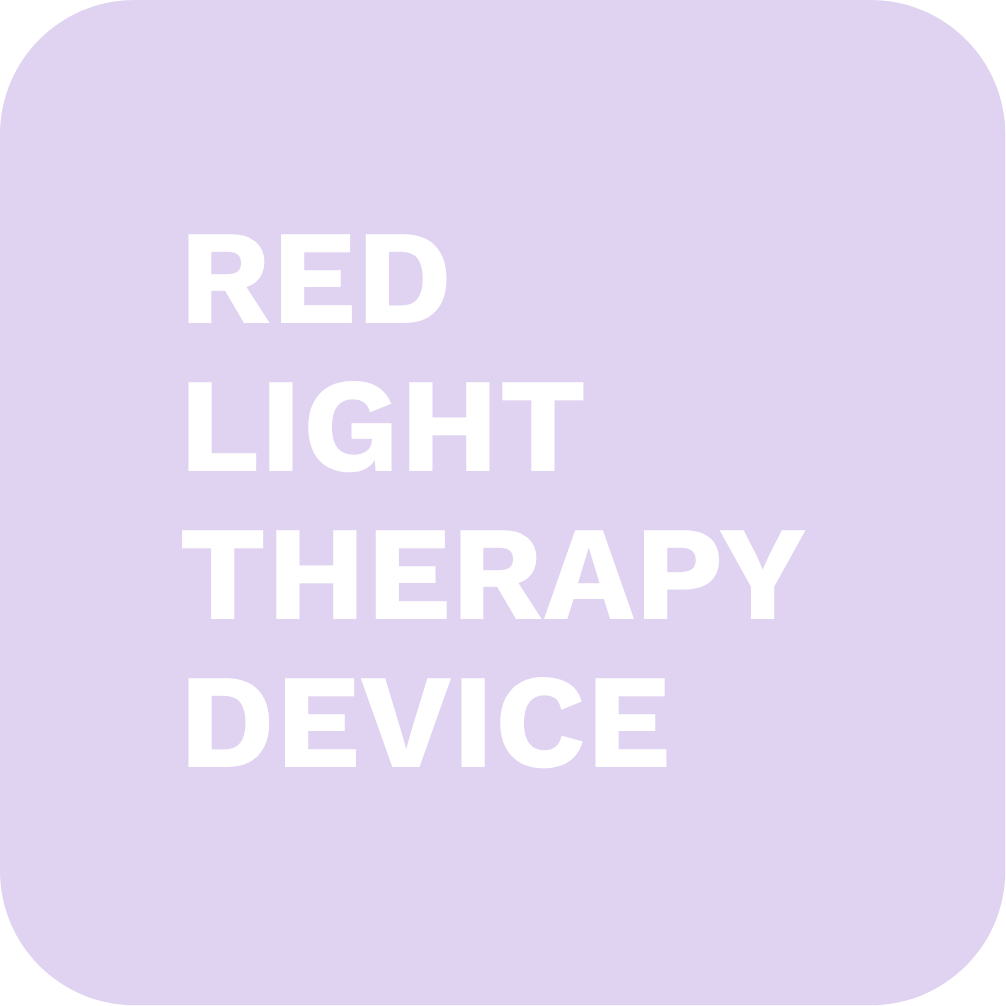
Labelling must clearly state the product’s intended use, usage instructions, applicable warnings, and any contraindications. It must also align with all claims made in promotional materials, including websites, packaging, and third-party retail listings. Health Canada does not permit the use of exaggerated, misleading, or unsupported claims. For red light masks, this means avoiding vague or unsupported statements like “anti-aging breakthrough” or “clinically proven results” unless supported by robust evidence included in the licence application package.
Obtaining a Medical Device Establishment Licence (MDEL)
To legally import, distribute, or wholesale medical devices in Canada, a company must obtain a Medical Device Establishment Licence (MDEL). This requirement applies to all classes of medical devices and is separate from the device-specific Medical Device Licence (MDL). The MDEL application is submitted through the eMDEL portal and must include details about the company’s activities, such as importing or distributing, as well as the classes of devices handled. Applicants must also provide an attestation confirming that documented procedures are in place for distribution record-keeping, complaint handling, product recalls, and, if applicable, adverse event reporting and servicing.
The MDEL must be renewed annually before April 1. If business operations change, such as a change in address or scope of activities, the company must notify Health Canada within the timeframe outlined in the regulations. All establishments must maintain proper documentation to ensure regulatory compliance, including maintaining distribution records for traceability. If another entity handles the importation or distribution on behalf of the manufacturer, that entity must also hold a valid MDEL. Failure to comply with these requirements may result in negative inspection findings, addition of conditions to the licence, or suspension of the MDEL.
In most cases, the MDEL should be obtained before or in parallel with the submission of a Medical Device Licence application. If the company applying for the MDL also performs importation or distribution activities within Canada, a valid MDEL is required before the device may be marketed. Health Canada mandates that all entities engaged in commercial activities involving medical devices demonstrate full compliance with establishment licensing obligations at the time of product licensing. This ensures that appropriate systems are in place to manage complaints, recalls, and other post-market responsibilities from the outset.
Post-Market Responsibilities

After obtaining both the MDL and MDEL, companies must continue to meet Health Canada’s post-market requirements. These include maintaining a valid ISO 13485 certification, submitting mandatory problem reports in the event of adverse events or malfunctions, documenting distribution records, and ensuring that the device remains in compliance with all applicable regulations. If any changes are made to the device’s design, intended use, materials, or labelling, Health Canada must be notified, and in some cases, a licence amendment may be required.

Health Canada may also conduct inspections and surveillance activities to assess compliance. Failure to maintain post-market responsibilities may result in enforcement action, licence suspension, or removal of the product from the market.
Does FDA Clearance or Approval Influence Licensing in Canada?
FDA clearance or approval does not have legal authority within Canada’s regulatory system. Even if a red-light therapy mask is authorized for sale in the United States, it must still undergo a separate licensing process in Canada under the Food and Drugs Act and the Medical Devices Regulations. Health Canada requires its own assessment of safety, effectiveness, and quality, and does not accept U.S. market status as a substitute for a Medical Device Licence (MDL).
However, existing FDA documentation can support a Canadian application. Evidence from U.S. submissions, such as clinical data, risk assessments, and technical testing, may be used to demonstrate safety and performance, provided it is presented in a format that meets Canadian regulatory evidence expectations. While FDA clearance does not reduce the licensing requirements in Canada, it may contribute to a more efficient review process if the evidence aligns with Health Canada’s standards.
Canada vs. United States: Regulatory Pathway for Red Light Therapy Masks

In Canada, the path to market for red light therapy masks is structured around a well-defined risk classification system and a harmonized quality management approach. Devices that make therapeutic claims, such as treating acne or reducing inflammation, as mentioned earlier, are often classified as Class II medical devices. To enter the Canadian market, manufacturers must obtain a Medical Device Licence and hold a valid ISO 13485 certification obtained through MDSAP. This certification confirms that the company has a compliant quality management system in place. The licensing process requires submission of detailed technical documentation, product labelling, evidence of safety and effectiveness, and proof of conformity to applicable safety and performance standards. Companies that import or distribute red light therapy equipment must also hold a Medical Device Establishment Licence (MDEL) and comply with post-market obligations, including adverse event reporting and record keeping.
In the United States, red light therapy masks are often regulated as Class II devices as well, but the process differs. The U.S. Food and Drug Administration (FDA) relies on the 510(k) pathway, which allows manufacturers to demonstrate that their LED light therapy devices are equivalent to an existing legally marketed device. While manufacturers must comply with the FDA’s Quality System Regulation, they are not required to hold ISO 13485 certification. Importers and distributors must be registered with the FDA, but they are not required to obtain a separate establishment licence. Post-market oversight in the U.S. includes device listing, adverse event reporting, and facility inspections. Compared to Canada, the U.S. system places more emphasis on predicate comparisons and does not mandate the same level of quality system certification at the outset.
Final Remarks
Bringing a red-light therapy mask to the Canadian market is not as straightforward as labelling it a cosmetic or wellness device. If the product is marketed with therapeutic intent or designed to achieve a physiological effect, it is considered a medical device and must meet all applicable licensing and compliance requirements.
From the initial classification assessment through to licensing and post-market maintenance, working with regulatory experts can help companies avoid common pitfalls and reduce the risk of costly delays. Understanding Canada’s regulatory landscape is essential for long-term success and regulatory compliance.
Image tag words: FDA cleared, FDA approved, FDA registration, Red Light Therapy Devices, LED Light Therapy Devices Licensing in Canada, Red Light Therapy Registration Canada, Infrared LEDs, Class II Product Medical Device, light therapy products, medical device licenses, medical products, product efficacy, regulatory procedure
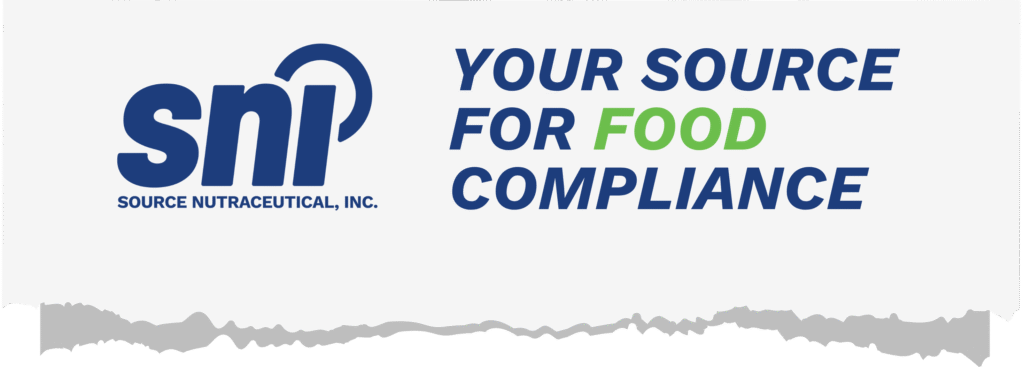
Bringing a red-light therapy medical device to market for the first time can be a complex process. At SNI, we simplify and streamline every step.
Our team will guide you through each regulatory requirement for both the Canadian and United States markets. This includes determining product classification, securing MDEL or MDL licensing in Canada, navigating FDA registration pathways in the U.S., developing QMS, and ensuring compliant bilingual labelling. We also provide insights into jurisdictional differences that may affect your product strategy and help you identify the most efficient route to market.
Whether you are launching a single red-light therapy device or expanding a product line, we offer expert regulatory support, tailored documentation, and clear guidance on the way forward.
Start with clarity. Move with confidence.
🥐 More about our services here.
💡 Compliance is easy with the right support!
📩 info@sourcenutra.com
⬇️ Send us a request for support or an introductory call
FAQs
What defines a red-light therapy device as a medical device in Canada?
A red-light therapy device is classified as a medical device in Canada if it is intended to diagnose, treat, mitigate, or prevent a disease or abnormal physical condition, according to Health Canada’s Medical Device Regulations. When marketed for therapeutic purposes such as reducing acne, managing signs of aging, or treating inflammation, the device typically falls under the Class II category, which includes non-invasive, low-risk devices that produce biological effects on the skin or tissues using specific wavelengths of light.
What are the classification criteria for medical devices in Canada?
Health Canada classifies medical devices based on their risk, ranging from Class I (lowest risk) to Class IV (highest risk). The classification depends on factors such as intended use, invasiveness, energy output, and the level of interaction with the human body. Red-light therapy devices are generally classified as Class II, as they are non-invasive and applied externally with low to moderate risk. However, devices with higher energy, deeper tissue penetration, or targeted use near sensitive areas could be classified as Class III.
Do red-light therapy devices need to be licensed in Canada?
Yes, red-light therapy devices classified as medical devices must be licensed by Health Canada before they can be marketed in Canada. For Class II devices, manufacturers must obtain a Medical Device Licence (MDL), submitting evidence of safety, efficacy, and compliance with applicable technical standards. In addition to pre-market approval, manufacturers must comply with post-market surveillance requirements, including reporting adverse events and maintaining proper records.
What is the role of ISO 13485 certification in the licensing process?
ISO 13485:2016 is an international standard for quality management systems (QMS) specific to the medical device industry. For Class II, III, and IV medical devices, manufacturers must hold ISO 13485 certification to obtain a Medical Device Licence (MDL) in Canada. Certification ensures compliance with safety, quality, and regulatory requirements, covering areas such as design, production, and post-market activities. The certification must be valid at the time of application and maintained throughout the device’s lifecycle.
What is a Medical Device Establishment Licence (MDEL)?
A Medical Device Establishment Licence (MDEL) is required for companies involved in the importation, distribution, or wholesale of medical devices in Canada. Unlike the Medical Device Licence (MDL), which applies to the device itself, the MDEL ensures that establishments comply with regulatory requirements such as record-keeping, complaint handling, and post-market surveillance. Companies must hold an MDEL to legally distribute medical devices, and it must be renewed annually and updated if operational changes occur.
✷ The content on this website, including information presented in this post, is provided for general informational purposes only and does not constitute legal, regulatory, or professional advice. While efforts are made to ensure accuracy, laws and regulations vary by jurisdiction and may change over time. Readers should not rely on this information as a substitute for advice from qualified legal or regulatory professionals. We disclaim any liability for actions taken based on this content, and users are encouraged to seek guidance specific to their circumstances.

